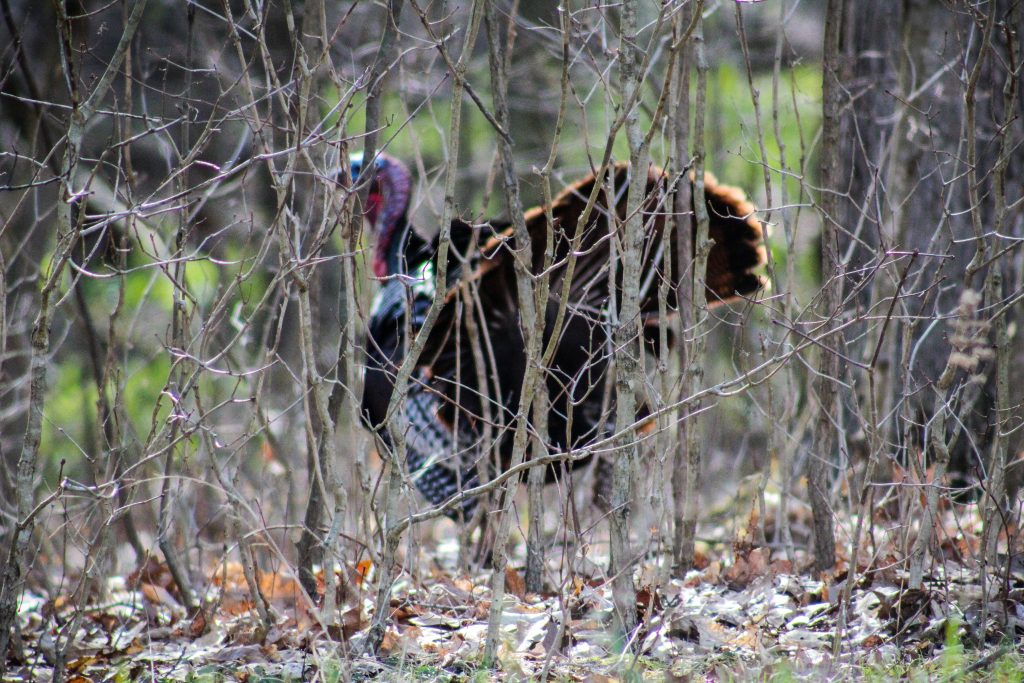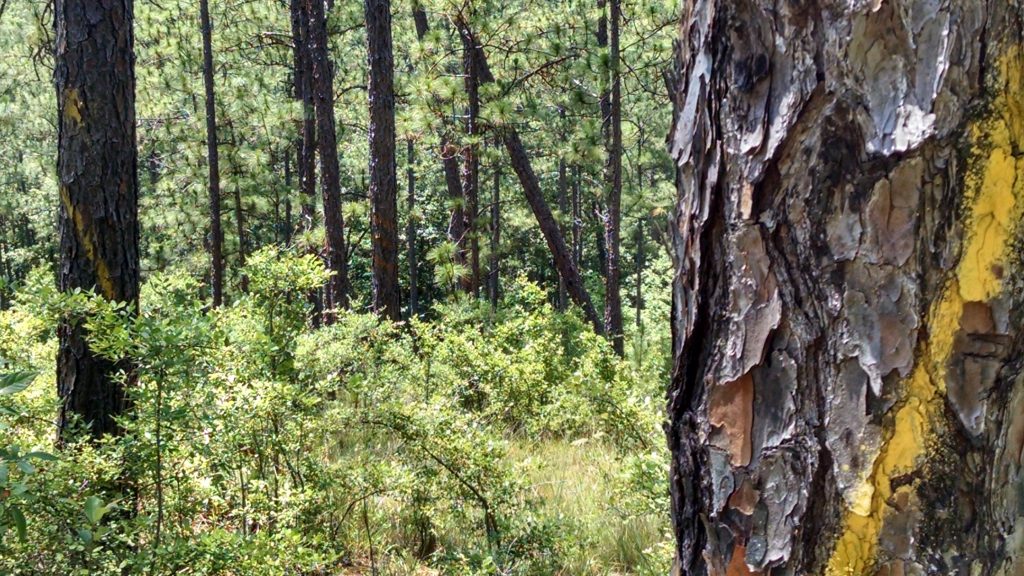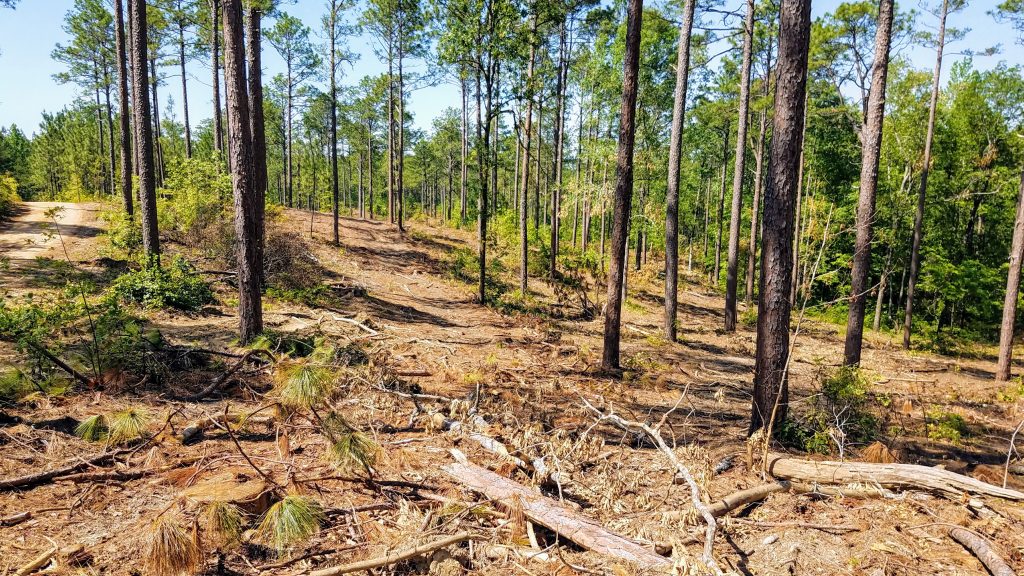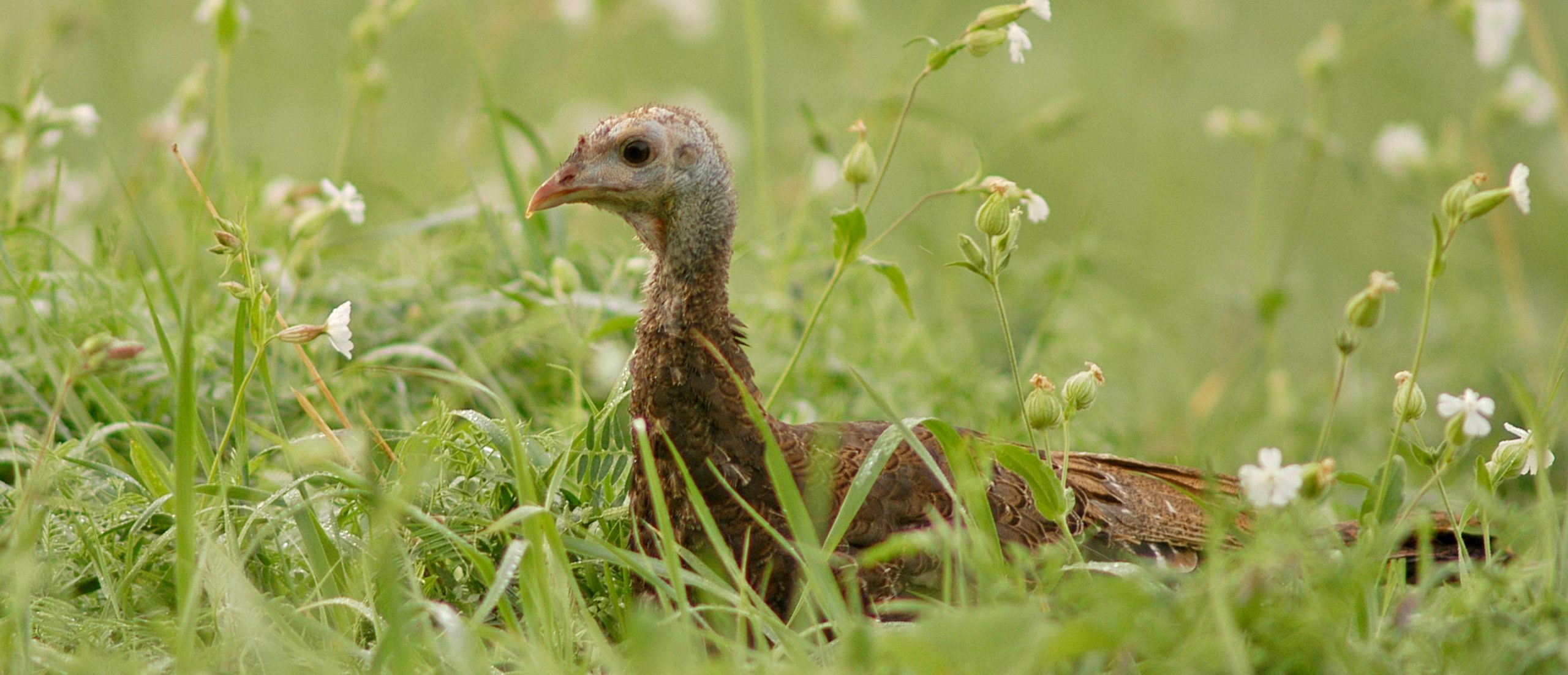A Science To Private Land Management
Approximately 60% of the United States is privately owned, and that percentage is higher east of the Mississippi. Conservation and management of wild turkeys continues to hinge on what is occurring on private lands.

Scientists ask questions, figure out how to get answers, and then use those answers to ask the next questions. The pursuit of knowledge can consume scientists. Learning why a critter turns left or right in the woods likely seems ridiculous to non-scientists. Translating that information, though, into something useful for biologists who manage wild turkeys at broad scales or landowners who want to support wild turkeys all year, is part of the scientific community’s job.
Private Lands and Turkey Conservation
Approximately 60% of the United States is privately owned, and that percentage is higher east of the Mississippi. Conservation and management of wild turkeys continues to hinge on what is occurring on private lands. However, because of the suite of competing uses occurring on private lands, wildlife management activities aren’t always at the forefront of most land-use decisions.
1-800 (Turkey Science for Landowners)
Sometimes, I wish we had a phone number, where local landowners or managers could easily call a professional turkey biologist who could provide detailed advice for making every acre benefit wild turkeys. But turkey management is as variable as the places where wild turkeys live, from Arizona’s sky islands to southern pine forests and midwestern agricultural regions.
There are, though, general strategies we can use on private lands to support wild turkeys. First, people must realize that most properties are smaller than a wild turkey’s range. As such, most properties won’t contain all that is needed to support a wild turkey during the year. This creates opportunity to target our management actions, making something good into better and better into great.
A common conversation in the world of turkey science goes something like this: “We always see turkeys in the winter over in the back field by the creek, but, as soon as spring comes, they all leave … how do we keep them on the property?” I always tell folks it is important to remember that turkeys choose to be somewhere for a reason. A well-treed ridgeline or riparian corridor may provide awesome roosting habitats that support birds all winter but doesn’t meet their reproductive needs in spring, so off they go. While frustrating, we must recognize it is probably optimal to make the good into better, versus trying to take the good and change it into something different, just to satisfy our interests.
Small-Scale Management
A key point is that doing anything — management-wise — is always a win for wild turkeys. Sculpting the landscape, no matter the scale, is always important.

Turkeys must be able to see. Heavy, brushfilled understory is likely going to cause turkeys to avoid that place. Research has shown repeatedly it is like a fence to turkeys. Getting any type of disturbance (prescribed fire, chemical or mechanical) on the ground to break up thick, woody understory is always good. It opens the sightline for birds and creates an opportunity for regeneration of early successional plants.
Personally, I think woody understory management might be the number one vegetation management opportunity we have for turkeys across most of their range right now.
Next, if you have an area with stands providing hard mast, you are a boon to wild turkeys in the winter. Hard mast is necessary for winter survival. Focus on increasing hardwood regeneration to boost winter forage and roosting areas during those months. Open edges around clearings (clearcuts, food plots and agricultural fields) provide safe cover for brooding females, insect foraging, and offer shade and refuge from the heat of direct sunlight. Such open edges are super easy to maintain and manipulate with a mower or a drip torch.
Opening areas by reducing tree density and getting light to the ground is always useful, even if it means taking down some trees and allowing natural regeneration. I strongly recommend appropriate use of herbicide to knock back cool-season grasses and release the seedbank and native warm-season species wild turkeys and other wildlife prefer.

Finally, remember that a wild turkey wanders around a lot, regularly 2,000 to 3,000 meters in a single day. Expect that they are not going to spend all their time on your property. That is why I’m a big believer in cooperating with neighboring landowners and developing plans where each of you focuses on increasing the positives steps that can bring large, net habitat gains for the region.
